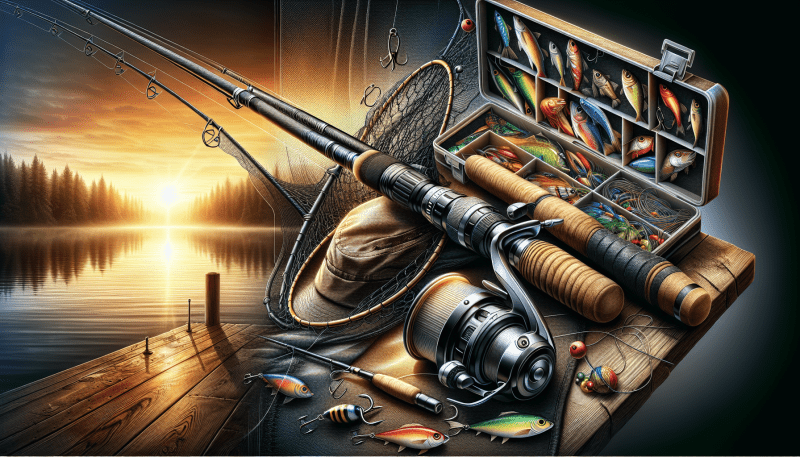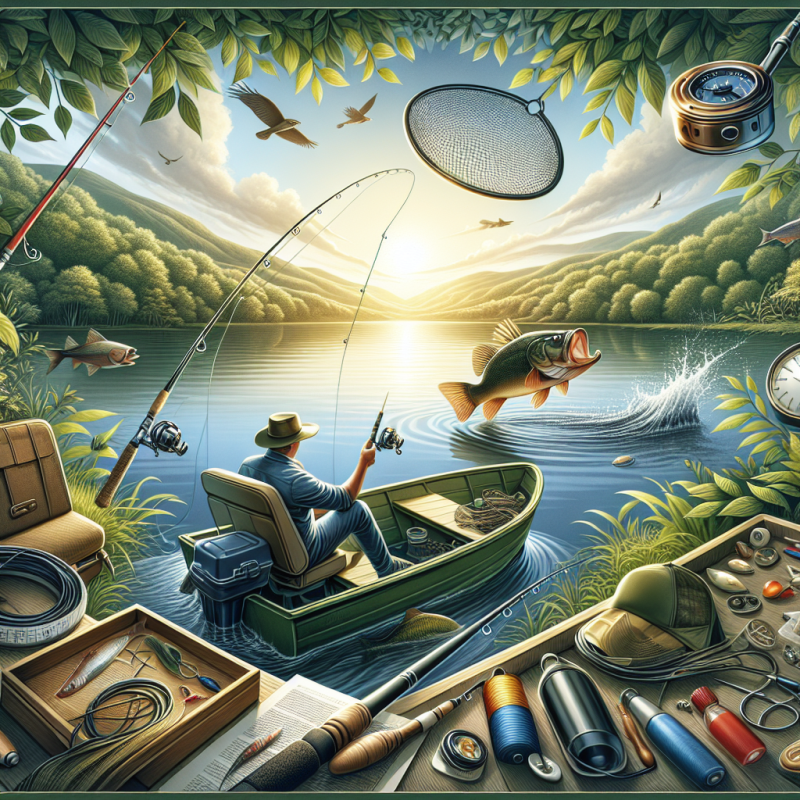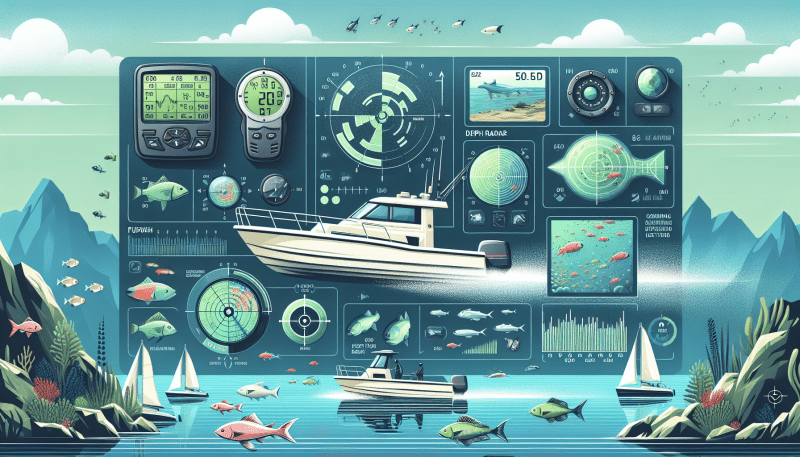Look for fishing bags with multiple compartments. They help keep everything organized so you won’t waste time searching for that favorite lure or tool. Zippers and straps should be sturdy too—there’s nothing worse than a bag that falls apart before the day is done. A bag with waterproof material can be a game changer, especially if you're fishing from a boat or in unpredictable weather.
Comfort is key! Make sure the bag has padded straps and a back that provides good support. You'll be surprised at how heavy your gear can get after a long day by the water. If you plan to hike to your fishing spot, a lightweight design can also make a big difference.
Lastly, consider your style. Fishing bags come in various designs and colors, so find one that you feel happy carrying. Whether you like a classic look or something more modern, there’s a bag out there just for you. Remember, the perfect fishing bag is one that meets your needs while making your fishing experience easier and more enjoyable!
Top Features to Look For
When it comes to choosing the right fishing bags, there are a few key features that can make a big difference in your fishing experience. Whether you're a seasoned angler or just starting out, it's important to pick a bag that suits your needs. Here’s what to look for:
By considering these features, you can find fishing bags that not only meet your needs but also enhance your fishing outings. Happy fishing!
Best Fishing Bags for Every Budget
When it comes to heading out on the water, having the right fishing bags can make all the difference. Whether you're a weekend warrior or a seasoned pro, finding a bag that fits your needs and budget is super important. Let’s dive into some great options for every type of angler.
Budget-Friendly Picks:
If you’re just starting out or looking for something that won’t break the bank, there are plenty of affordable fishing bags to consider. Look for options around $20-$40 that offer decent storage without fancy extras. These bags usually have a few compartments, are lightweight, and are perfect for carrying just the essentials—think bait, tackle, and snacks!
Mid-Range Choices:
Stepping up a notch, you can find fishing bags in the $50-$100 range that offer more durability and features. These often come with reinforced stitching, waterproof materials, and extra compartments for organization. Some even have padded shoulder straps for added comfort during those long fishing trips. They’re great for folks who want a reliable bag that can handle a bit of wear and tear.
High-End Options:
For the anglers who are serious about their gear, investing in high-quality fishing bags can be a game changer. Ranging from $100 and up, these bags are built like tanks. You’ll find specialized storage for rods, reels, and tackle boxes, plus features like quick-access pockets and hydration pack compartments. If you're frequently on the water, these bags make it easy to stay organized and prepared.
No matter your budget, there's a fishing bag out there to suit your needs. Look for what fits your style, how much gear you need to carry, and how often you plan to fish. Happy fishing!
Tips for Organizing Your Fishing Gear
Getting your fishing gear organized can save you a ton of time and frustration on your next trip. Here are some simple tips to help you get everything sorted out and ready to go!
1. Choose the Right Fishing Bags: Not all fishing bags are created equal. Look for bags with multiple compartments to keep your tackle, lures, and gear separated. A good bag will have adjustable dividers so you can customize the space to fit your needs.
2. Use Clear Storage Bins: Inside your fishing bags, use clear plastic bins or tackle boxes. This way, you can quickly see what’s inside without opening every single compartment. Label each bin to help you know exactly where everything is – this can save you lots of time when you're out on the water!
3. Keep Essentials Accessible: Make sure the items you use most often – like your fishing license, pliers, and favorite lures – are easy to reach. Designate a specific pocket or area in your fishing bags for these essentials so you don't have to dig around every time you need something.
4. Regularly Purge and Clean: After a few trips, it’s easy for your fishing bags to become a chaotic mess. Take some time to go through your gear regularly. Remove what you don’t need and clean out any debris or dirt. Keeping things tidy will help you stay organized and ready for your next fishing adventure!



